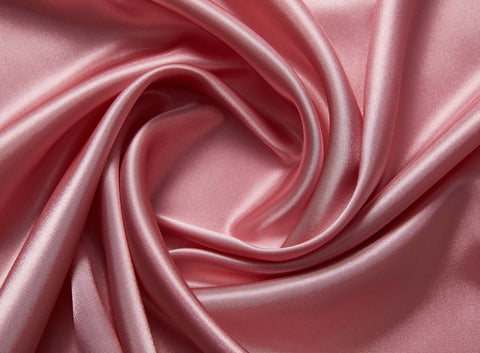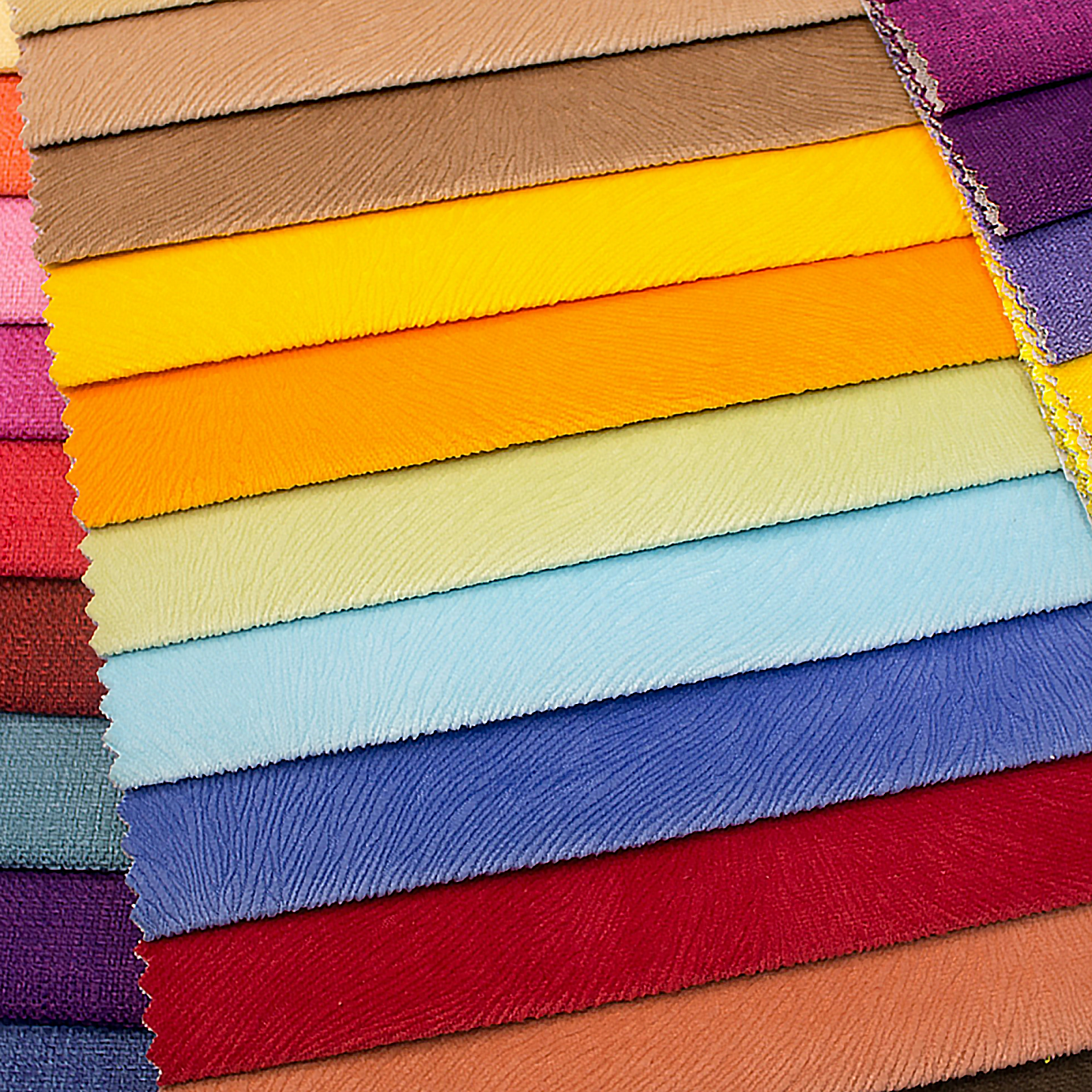
What is charmeuse fabric?
Charmeuse is a luxurious and lightweight fabric known for its silky-smooth texture and glossy finish. It's made from silk, although nowadays it can also be crafted from synthetic fibers like polyester or a silk blend.
This fabric is characterized by its soft, draping quality and subtle sheen on its surface, achieved through a particular weaving technique. Charmeuse typically has a shiny front and a matte back, making it ideal for garments where the shiny side is intended to be visible.
Due to its delicate and elegant appearance, charmeuse is commonly used in creating luxurious eveningwear, lingerie, blouses, dresses, and scarves. It's favored for its fluidity and ability to drape beautifully, lending an air of sophistication to any garment it's used in.
Charmeuse has a versatile nature that allows it to be styled in various ways, making it a staple fabric in both casual and formal fashion. Its sleek surface and elegant sheen contribute to its timeless appeal, making it a beloved choice in the world of high-end fashion and couture.

What are some tips for working with charmeuse fabric?
Working with charmeuse fabric requires care and attention due to its delicate nature. Here are some tips to make the process smoother:
-
Cutting Technique: Use a sharp rotary cutter or very sharp scissors to cut charmeuse. Cutting with precision helps prevent fraying and maintains the fabric's smooth edges.
-
Pinning and Marking: Limit pinning as much as possible to avoid leaving visible holes in the fabric. Instead, use fine silk pins or pattern weights to secure the fabric. Consider using tailor's chalk or water-soluble fabric markers for marking, ensuring any marks can be easily removed.
-
Needle and Thread: Opt for a fine, sharp needle (like a size 70/10 or 80/12) to prevent snags and visible holes. Use high-quality polyester or silk thread that matches the fabric color for seamless stitching.
-
Seam Finishing: Serging the edges or using French seams can prevent fraying and ensure a neat finish. If using a sewing machine, consider using a narrow zigzag stitch to allow for fabric movement without compromising the seam strength.
-
Handling and Pressing: Handle the fabric gently to avoid stretching or distorting it. Use a low heat setting on the iron or a pressing cloth to lightly press seams or hems. Always test a small inconspicuous area first to avoid damaging the fabric.
-
Stay Stitching: To stabilize edges and prevent stretching, use a straight stitch slightly inside the seam allowance on curved or bias-cut areas before sewing the garment together.
-
Pattern Choice: Consider simpler patterns that don't require excessive seaming or gathering. Avoid intricate designs or excessive manipulation that might be challenging with the slippery nature of charmeuse.
-
Practice Techniques: Before working on the actual project, practice sewing seams and handling the fabric with scraps to get comfortable with its behavior.
-
Controlled Tension: Be mindful of the fabric's tension while sewing to avoid puckering. Experiment with machine tension settings and stitch length to find what works best for your specific charmeuse fabric.
-
Handling Seam Allowance: Trimming excess seam allowance after sewing can reduce bulkiness and help seams lay flat.
With patience and practice, working with charmeuse can result in stunning, elegant garments that showcase the fabric's luxurious drape and silky texture.

Where can I buy charmeuse fabric?
At Zelouf Fabrics, we offer hundreds of charmeuse fabric styles, available wholesale or by the yard. Explore the collection.




